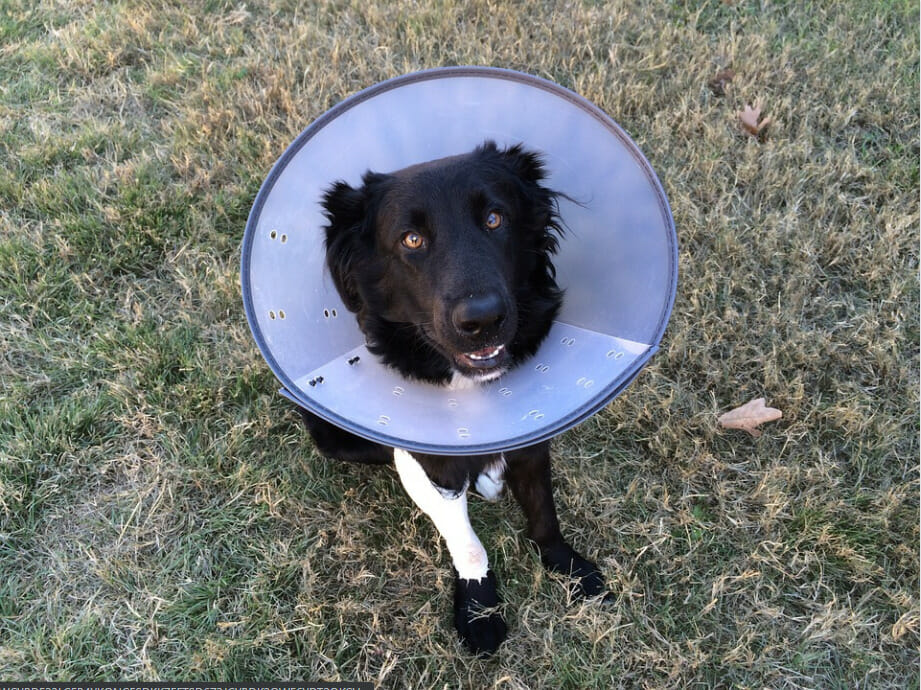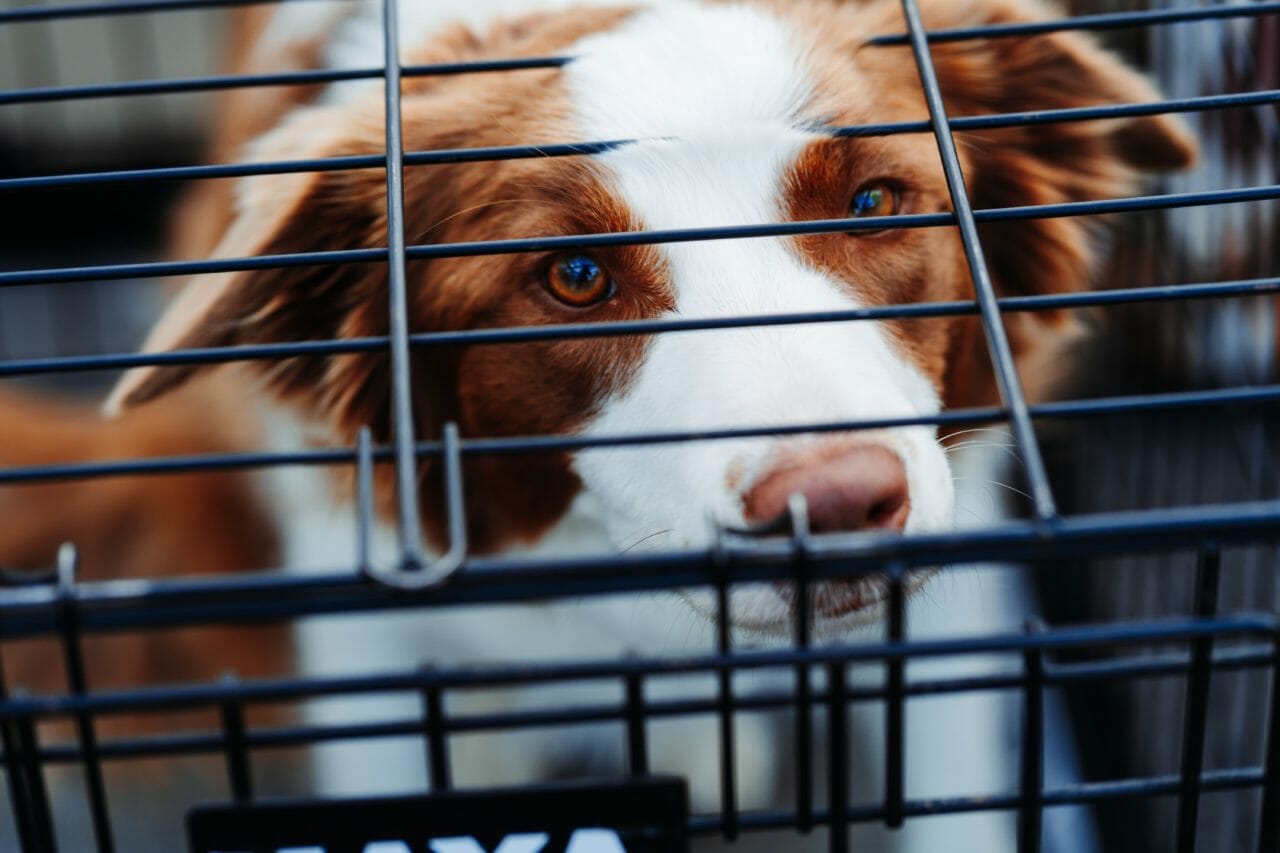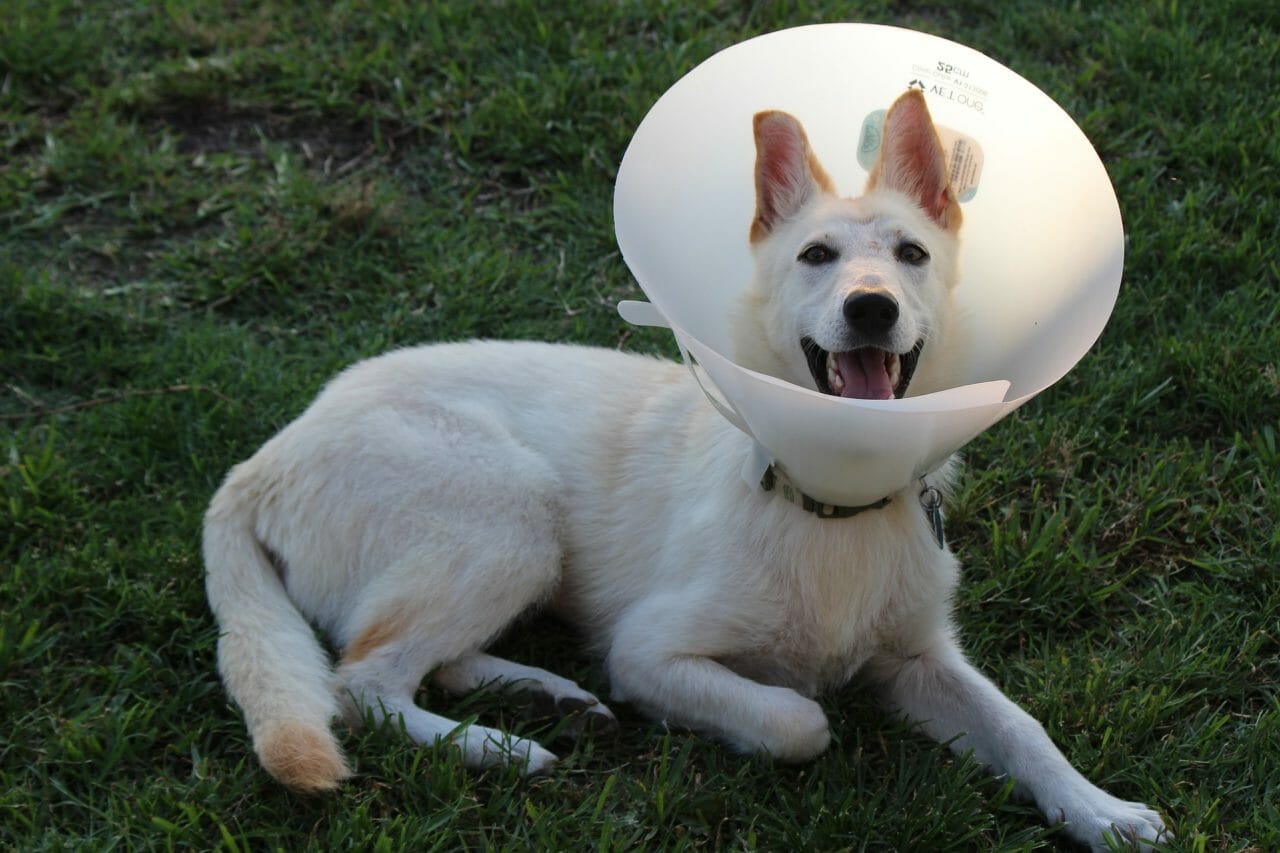Summer is a great time to enjoy many activities outside with your pet. However, summer months can also be very dangerous for our pets. During the summer, dogs can suffer from a variety of seasonal problems that can affect their overall health and well-being. It is easy to forget that your pet may have trouble dealing with high temperatures, may have run-ins with dangerous wildlife, and insect bites can make them very sick. To ensure that your dog remains healthy throughout the summer months, you must first understand the most common problems they face. Here are some important tips to keep in mind to ensure that your canine friend remain healthy and happy through the hot summer months.
Know When to Walk Your Dog
If you have a dog, there is a fair chance you do not put much consideration into your daily walks. However, in the summer, there are some things you may want to take into careful consideration regarding your dog’s daily walks. You will want to ensure the walk is as safe and as healthy as possible.
Research suggests that during summer months, dogs should not go on long walks or participate in strenuous activity during daylight hours. Instead, you should try to restrict your dog’s heavy activity to early morning, and the evening time when it is not as hot.
If you do run into a situation where you cannot avoid taking your dog out in the heat of the day, make sure to take cool water with you, and provide your dog plenty of time in the shade.
Here are my top tips for walking your dog when it is hot:
1. Create customized walks.

Every dog is different, which is why you should customize your walk based on the weather, your dog’s physical shape, their breed, and their endurance level.
If your dog is a little overweight, and you are just starting an exercise program, three to four short walks will help them get into shape without becoming overheated. Taking 10-minute walks throughout the day may be better than a single long one.
If your dog is more energetic, thinner, and younger, they may benefit from a longer walk. However, you should ensure they stop for a drink every 10 minutes to ensure they stay hydrated and cool.
Smaller dogs must work two to three times as hard to cover the same amount of ground as a larger dog. When you are customizing your dog’s walk, take their size into consideration.
Dogs with a shorter nose have a higher risk for respiratory distress when it is hot outside. It is harder for them to effectively cool themselves off, so take them on a walk in the early morning and in the late evening.
2. Discourage your dog from drinking from puddles.
During summer months, your dog is at high-risk for encountering antifreeze mixed with water as they walk down the street. Because of this, puddles should not be used as a water source for your dog, because they can be lethal. These puddles can also be a breeding ground for parasites, contaminated by motor oil, or other chemicals.
3. Bring water and other essentials on your walk.

To ensure that your summer walks are safe and beneficial for your dog, consider the items on this list and carefully determine which items you should bring for your dog’s walk.
- Cool water – You should always make sure to take cool water on your walk. You should have water for you and your dog. If it is hot outside, consider taking a backpack with a re-freezable icepack to keep the water cool.
- Collapsible water bowl – A collapsible water bowl can be folded and put in your backpack. It does not take up much room, which makes it perfect for carrying around in a small backpack.
- Treats – Treats are great to bring on your walk. They allow you to provide positive reinforcement for good behaviors along your walk.
- Tweezers are extremely handy for removing ticks and thorns your dog may encounter along their walk.
- Make sure to keep flea and tick repellent near your dog’s leash so you can apply it before your walk.
4. Try to stay on grass.
Whenever it is possible, get your dog over into some grass, or some soft vegetation throughout your walk. Hot concrete is painful on your dog’s paws and can burn them if you are not careful. Think of it this way, if you walk down the same exact sidewalk barefoot, would you be comfortable? If you cannot say you would be comfortable, chances are that your dog is not comfortable.
If possible, on hot days you should avoid the concrete. Take your dog for a walk in the park or in the woods. This will provide a cooler footpath for your dog.
Pets love to run around in the grass, but your lawn can be a major poison source for your pet. Many people treat their lawn with chemicals to get rid of weeds, insects, or to grow their grass. Even grass fertilizer can contain chemicals that are harmful to your pet. If your pet east these chemicals, or grass that has come into contact with them, they could become extremely sick. Many pets develop fatal side effects by ingesting insecticides from grass.
5. Know the Signs of Discomfort
Always keep an eye on your dog Look for any signs of discomfort and agitation. If you notice any excessive panting, or other signs that your dog is becoming over heated, act right away. Remove them to the shade and provide them a large, cool drink of water. As soon as possible, get your dog into an air-conditioned vehicle, or building. If your dog does not show signs of improvement in ten minutes, contact your vet immediately.
Water, water, and more water
When you have your pet outside during the summer, make sure to have plenty of water for them. Your pet should have easy access to shade, and if possible, a battery-operated fan. If possible, walk your pet in the early morning, and late evening so they do not have to spend a long time in the hot sun.
Having water available during summer months is not difficult but keeping cool in the heat can be extremely challenging. Keeping an insulated backpack will make it a lot easier for everyone involved. Make sure to keep your dog’s water as cool as you keep your own drinks. Make sure to include a travel bowl so you can give your dog a drink frequently.
When it comes time for fun in the water, there are a lot of dogs who love to swim. However, there are some dogs that do not like to play in water. If you have a dog that loves being in water, make sure to help them navigate through the water in a safe way. Purchase a life jacket for them so they are safe around water. They should wear it even if they are on a boat. Make sure to choose bodies of water that have not have reports of parasites, jelly fish, or aquatic life that is not dog friendly.
Traveling with your Dog

Summer is the time for being outside. There are plenty of outdoor events for your family to attend. It is tempting to take your dog to fairs, cookouts, and festivals. Before you travel with your pet, here are a few things you may want to consider:
- Will shade be readily available to your dog?
- If your dog becomes overheated, will there be access to an air-conditioned car or room?
- What is the highest temperature you can expect for the day? Will it be cloudy or be directly sunny?
- Does your dog thrive on the energy of a crowd or do they find it exhausting?
- Will your dog be stressed out by loud noises, machines, rides, or fireworks while you are out?
Vehicles
While you may hear it all the time, it is worth mentioning here, never leave your pet in a car in warm weather, even if our windows are down and the car is ventilated. Unlike humans, your pet is unable to sweat. Even if your pet could sweat, it would do them no good in a vehicle. Even when a car is parked in the shade, the internal temperature can reach higher than 120°F in just a few minutes. If the heat inside the car doesn’t kill your pet, it can result in a heat stroke or serious brain injury in a short period of time.
Wildlife
Dogs and cats love to go exploring around your home when they are outside. Unfortunately, so do other outside animals, which can pose a danger to your pets. Do you know which outside animals pose a hazard to your pet?
- Skunks are pretty animals, but they also have the habit of smelling rancid. They can spray your dog with this horrible oil. Not only does this spray horrible, it can create health problems for animals, as well as the humans who have to wash the smell off of.
- Raccoons are amazingly intelligent animals, but they can also be very dangerous. Not only can racoons carry rabies, they are also very strong and are capable of killing a dog or cat.
- Coyotes are majestic animals, and many people do not even know they live near their homes. This is because they come out at night, so we do not bump into them often. Coyotes are very well aware that cats and small dogs are easy prey. Because of this, you should never allow your pets to stay outside at night.
Fleas, Ticks, and Parasites
You should make sure your dog is ready for another season out of doors. Most pet owners spend a good deal of time outside during the spring and summer months, taking their pets along to share in the fun, but also exposing them to fleas, ticks, and other animals that can be carriers of rabies and other diseases.
For additional information on fleas and ticks and how to tell if your dog has them check out this article.
Every dog should be permanently protected from distemper, infectious hepatitis, and leptospirosis. These vaccines are now generally combined in one single inoculation. From the age of 6 months, all dogs should also be protected from rabies. Most vaccines are effective for one year, although the latest rabies shot is good for four. They are almost 100 percent effective when administered on schedule, but worthless if exposure to risk is maintained after the protection has expired.
After your initial visit, you will normally need to take your dog to the vet only once a year to keep his immunization up to date. During this annual visit, ask him to give your dog a thorough examination, including checkup of his:
- teeth (removing tartar if necessary)
- anal glands (emptying them if necessary)
- nails (clipping them if necessary)
- stool (if you think he may have worms)
Females need more regular attention than males, especially if they are bred. When you wish to travel with your dog, you will be prepared for any state, federal, or international requirement if you ask your vet for a certificate of good health, and make sure that his vaccinations are in order before you leave. Normally, a sound dog needs no more veterinary attention than this. However, you may take him to the vet on other occasions due to accidents or illness.
As you get to know your dog, you will be able to distinguish between passing symptoms of no importance, chronic minor disorders, and the indications of disease and infection. Among the symptoms that warrant a visit to the vet are:
- A temperature over 102 degrees, or under 100 that lasts for more than 24 hours, or a temperature as high as 104, or as low as 99.
- Acute pain for which there is no logical explanation.
- Bloody urine
- Blood in the stool more than once
- A discharge of yellow mucus from the eyes or nose
- Persistent vomiting, coughing, or refusal to ear for more than 24 hours
- If your dog simply looks and acts sick
A visit to the vet will at least ease your anxiety, if only because the vet can judge better than you whether your pet has something more serious.
Follow these tips and have a great summer with your pet!



